
Browse an alphabetical list of articles about the Holocaust and World War II. Learn more about topics such as the Nazi rise to power, how and why the Holocaust happened, life in Nazi camps and ghettos, and the postwar trials.
<< Previous | Displaying results 226-244 of 1105 for "Article" | Next >>
Each cookbook or recipe in the Museum’s collection tells a story. Learn more about the significance of these documents during the Holocaust.

Corrie ten Boom was recognized as a Righteous Among the Nations for her efforts to shelter Jews during the German occupation of the Netherlands
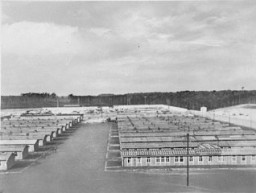
After WWII, many Holocaust survivors, unable to return to their homes, lived in displaced persons camps in Germany, Austria, and Italy. Read about Cremona DP camp.
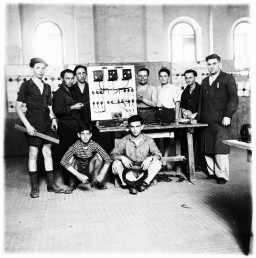
In Nazi Germany, a chief role of culture was to disseminate the Nazi worldview. Arts and cultural organizations were to be synchronized with Nazi ideology and policy.
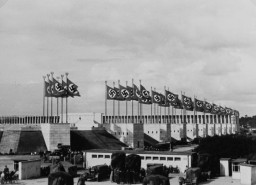
Nazi leaders aimed to change the cultural landscape through the "synchronization of culture," by which the arts were brought in line with Nazi ideology and goals.
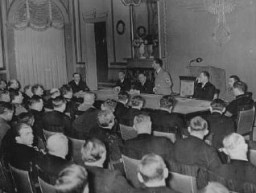
In 1946-48, the British government intercepted tens of thousands of Holocaust survivors seeking to reach Palestine and held them in detention camps on Cyprus.
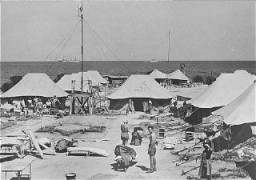
Learn more about pre-World War II Czechoslovakia and about the annexation of Czechoslovak territory by Nazi Germany in 1938.
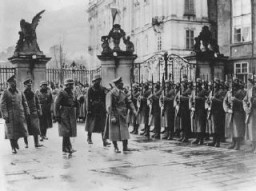
Dachau was the first and longest operating Nazi concentration camp. Learn about the camp's early years, prisoners, medical experiments, and liberation.
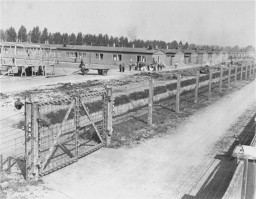
Hitler was determined to overturn the military and territorial provisions of the Versailles treaty, among it was much resented loss of the city of Danzig after WWI.

From 2003 to 2005, an estimated 200,000 civilians died as a result of a campaign of violence in Darfur by the Sudanese government. In 2004, the US Secretary of State called this violence a genocide.
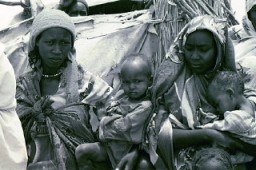
David Bayer lived in Kozienice, Poland. Explore his biography and learn about his experiences during World War II and the Holocaust.
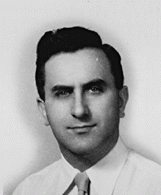
Read the Jewish Partisan Educational Foundation's short biography of David Broudo.

Young people's diaries capture some of the most heartbreaking experiences of the Holocaust. Learn about the diary and experiences of David Sierakowiak.
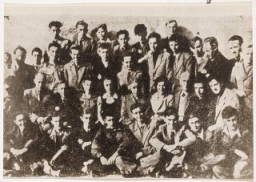
The D-Day invasion was the largest amphibious attack in history. Read articles and browse photos and videos of Allied forces invading Normandy on June 6, 1944.
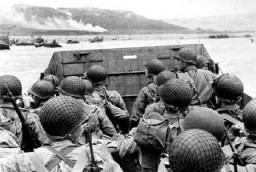
Adolf Hitler's Nazi aimed to purify the genetic makeup of the German population through measures known as racial hygiene or eugenics.
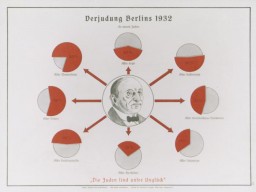
As Allied forces approached Nazi camps in the last months of WWII, the SS organized brutal “death marches” (forced evacuations) of concentration camp inmates.
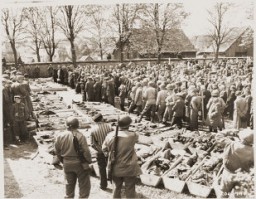
Near the end of WWII, the Germans began marching prisoners out of camps and away from the front. Read more about the brutal conditions of these death marches.
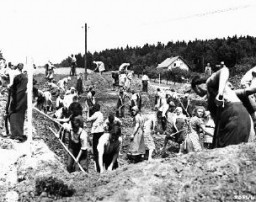
Difficult debates took place within ghettos about whether and how to resist under the most adverse conditions. Read a rare account from the Lokacze ghetto.
The Nazis frequently used propaganda to disguise their political aims and deceive the German and international public. Learn more.
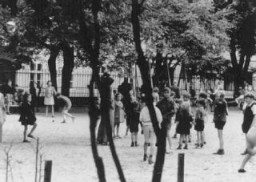
We would like to thank Crown Family Philanthropies, Abe and Ida Cooper Foundation, the Claims Conference, EVZ, and BMF for supporting the ongoing work to create content and resources for the Holocaust Encyclopedia. View the list of donor acknowledgement.